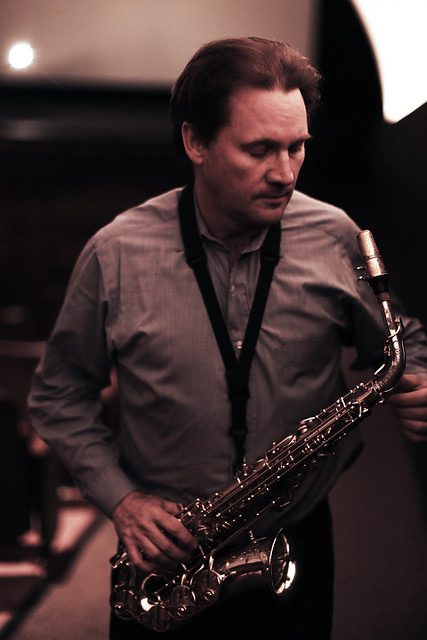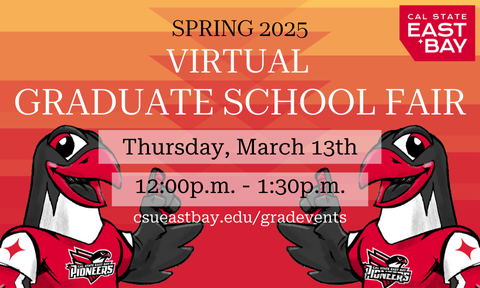
Entrepreneurs are always looking for new ways of doing business and often turn to CEOs, venture capitalists and money managers for inspiration.
But SF State lecturer and jazz musician Andrew Speight believes that it’s jazz musicians they should turn to. Speight and business management professor Ron Purser have worked together to create Jazz@Work, a workshop that combines jazz musicianship with business practices.
Using jazz as a metaphor, Speight and Purser teach businesses about improvising rhythm changes while still being able to create a harmonious flow. For jazz, it’s about business and for a business, it’s a product. The one to two day arts-based management training program provides corporate clients with live jazz performances.
“I was writing a lot on team and social creativity in the mid to late 1990s,” Purser said. Purser wrote an article in 1994 titled “Miles Davis in the Classroom,” which was published in the “Journal of Management Education.” “I knew musical ensembles were unique in their capacity for organizing for creativity and improvisation.”
Jazz@Work was originally a component of the Generations Jazz Project, a University-backed music collaboration that started in 2007, focused on applying the jazz metaphor to business. Purser and Speight met in 2003 and after the first educational outreach DVD “Jazzworks” was made in 2008, Speight and Purser began developing Jazz@Work.
After receiving the green light for funding from SF State in 2009, both Speight and Purser began to develop Jazz@Work for the real world. The first workshop tests were in 2010 with The Economist and NASA. They are currently looking to hold workshops with Apple and Google and, according to Speight, both companies have shown interest.
Group dynamics vary depending on the size of the group. Smaller groups are inevitably more flexible and capable of reacting to a changing environment more quickly. But both must accept a certain hierarchy within the group. Speight’s workshop looks to ease the process of power sharing through jazz values.
Cyrus Ginwala, the director of the SFSU Orchestra, understands competing interests within a group.
“The common denominator here is a group of people where, by common agreement, some have more control than others,” Ginwala said.
Speight believes the difference between an orchestra and a jazz group can be compared to how big and small businesses operate.
“In an orchestra, a conductor organizes everything and the musicians just slide in and do their pieces. Small jazz groups are different because it involves five or six different specialists, masters working together,” Speight said.
Speight believes it’s time for the intellectual property of the artist to come to the forefront in the business world.
“Being able to create stuff in real time is something attractive to business people who often need to innovate rapidly,” Speight said.






